Installing a custom firmware on your Wi-Fi router is like God Mode for your home network. You can see everything going on, boost your Wi-Fi signal, beef up your security, and even install your own VPN. Still, there are so many options available it can be tough to pick the right one. Here’s what you need to know.
Pictures: kentoh (Shutterstock), Viktorus (Shutterstock), ridjam (Shutterstock), audioreservoir, Arkadiusz Sikorski,Kevin Jarrett, Thees
Why Bother Anyway?
Installing your own custom firmware isn’t just an afternoon project for alpha-geeks looking for something cool to do — it actually makes your router better. Pick the right one, and you can monitor your network in real time, make sure your roommate doesn’t slow down your Netflix binge by downloading music (but make sure your music downloads are nice and fast), make your network friendly to guests but unfriendly to intruders and more. Open firmware gives you more control over your Wi-Fi performance, and most even let you crank up your Wi-Fi signal so that one corner of the house doesn’t have to be a dead zone anymore. You also get perks like the ability to run your own VPN at home (something you should definitely try), and are updated to fix security problems way more frequently than the manufacturer updates their stock software, both of which are huge for security.
Sure, it may take a little work, but if you’re up to the task, you’ll get a faster, more secure home network, and one you’re in total control over at all times. If your speed drops, you’ll know exactly why. You’ll be able to log and monitor your connection to make sure your service provider isn’t throttling you down because you dared to watch Netflix or fire up Spotify.
The Big Three: DD-WRT, OpenWRT and Tomato
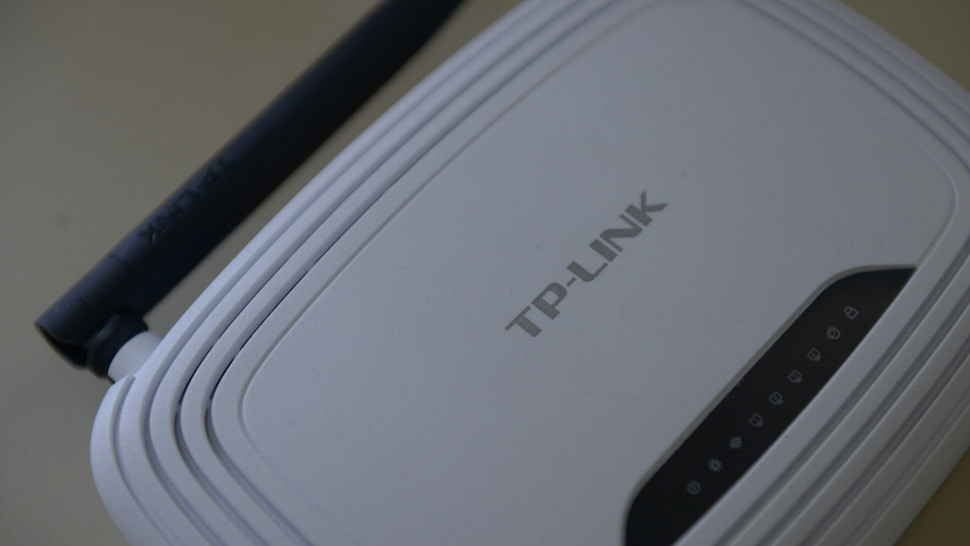
Some of the most popular open router firmwares are names you may have heard already, such as DD-WRT, OpenWRT and Tomato. We’ve shown you how to install DD-WRT on your router before, but here’s a quick refresher on how they differ:
- OpenWRT is the firmware from which many others were born. It’s completely open source and customisable, based on the Linux kernel, supports package management and has tons of extra add-ons and utilities. It’s not the easiest to use and install, but it supports the broadest base of hardware, from powerful and high-end home routers to pocket-sized travel routers and even enterprise hardware. It offers the most features of any open firmware, but it can often be tricky to configure. For example, OpenWRT supports just about any Linux device you can put on a network (printers, webcams and more), has a rich interface, real-time network monitoring, built-in dynamic DNS (so you can access your home computers from afar), IP tunnelling for a built-in VPN, built-in Quality of Service (QoS) that lets you prioritise some things (such as streaming or VoIP calls) over others (such as torrents or other downloads) and so on. You can check out supported devices here.
- DD-WRT is based on OpenWRT. DD-WRT carries a lot of OpenWRT’s features, like real-time monitoring, access control, QoS and the ability to set up your own VPN, all packaged behind a more user-friendly interface. You also get extra features such as Wake-On-LAN, so you can put computers on your home network to sleep but wake them up when you need to connect to them from abroad. It’s easier to install than OpenWRT, and it’s easier to manage as well. It doesn’t support as many devices as OpenWRT, but it does support some of the most common home routers. You can search to see if your router is supported here.
- Tomato Firmware is most notable because it’s super-lightweight, its user interface is intuitive, and it’s even easier than DD-WRT to install and use. Its biggest strength is its real-time bandwidth and connection monitoring, which means you can see everything that happens on your network as it’s happening, which is great for troubleshooting connection problems or making sure there’s no one creeping on your network. Unlike other firmwares here, it’s designed so you don’t have to reboot the router after every little change. Similarly, it makes increasing your Wi-Fi signal strength easier than a lot of the others here. Even advanced features like firewall configuration and access controls are easy to approach, even by new users. Tomato’s only downside is that it supports relatively few devices. You can see if your router is supported here.
For most people, one of these three will support the device you have and give you all of the features you could possibly need. Of the three, DD-WRT is the most well-supported on home routers, and it’s relatively easy to install and set up. Tomato is the most user-friendly, and certainly the most attractive of the three, but it supports the fewest devices. OpenWRT supports the most gear in general, including stuff only a network engineer would use, but its learning curve can be steep. It’s also the most moddable and tweakable, and a good option if you have hardware that’s not supported by anything else. Even so, they’re not your only options by a long shot.
Other options for Tweakers and Hackers: Router-Specific or Dev-Friendly Firmwares
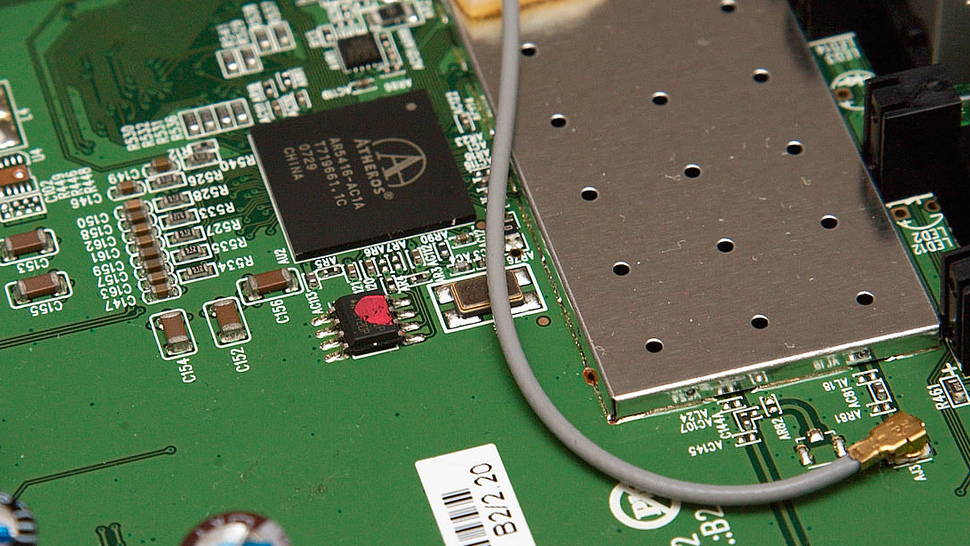
While those three may be the most well known and most popular, there are tons of others to choose from as well. Here’s a rundown of all of your options:
- Gargoyle is also based on OpenWRT, specifically designed to be lightweight and for Broadcom and Atheros-based router hardware. It’s tiny, easy to install, has a great-looking web management page, and supports a number of travel and portable routers. It’s most notable for its ability to limit bandwidth to certain IP addresses or give you unique insight into how your bandwidth is being used. Gargoyle is ideal for people who have travel routers, or if you’re the type who’s less concerned with security and Wi-Fi signal and more concerned with how everyone in your house is using your bandwidth. It’s perfect for people with bandwidth caps. You can check out supported routers here, or buy one of their open hardware routers with Gargoyle pre-installed from their site.
- LibreWRT is a completely free and open firmware that’s adheres to the Free Software Foundation‘s Free System Distribution Guidelines. If you’re wondering what router firmware someone who lives and dies by open-source like Richard Stallman or Linus Torvalds would pick, this is probably it. LibreWRT is also designed to be a lightweight option for aspiring developers to get involved with and contribute to. It’s also based on OpenWRT, but it supports only a handful of devices (although you can certainly build it yourself, although it’s not a project for beginners.)
- DebWRT is another umbrella firmware that has a number of derivatives. Users of Debian-based Linux systems — like Ubuntu or Linux Mint — will appreciate it, since it’s essentially Debian, built on top of OpenWRT, and designed to run on home routers. It includes all of the basics you need, but it’s not the most feature-rich on its own. You’ll need to add packages and additional tools to make the most of it, and its command-line interface isn’t exactly the most beginner-friendly (although, if you’re already familiar with Debian, it will seem like home to you.) It also helps that it offers everything you would get in a standard Debian install, along with its package manager and any compatible utilities. Still, it’s probably not for the faint of heart.
These are just the largest derivatives of the three major players. They’re great, but if you like the look of OpenWRT but need something specific, check out its other derivatives. For example, Gargoyle was designed to give OpenWRT a friendly, usable web interface that made customising and setting it up simpler. Many of these also support third-party plugins for features like an at-home VPN, mesh networking to connect your network with the home networks of your friends, or any other more complicated setup you may have in mind. If you’re willing to get your hands dirty and you have some coding experience, you can rebuild any of these to make your own tweaks or add your own packages.
Start with What Your Hardware Supports and Browse by Features
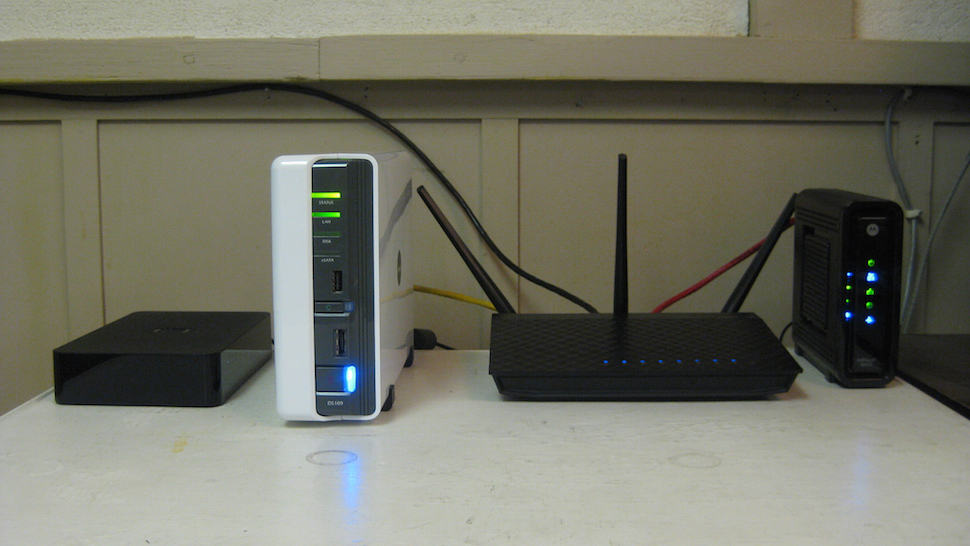
If you’re trying to decide between any of these firmware options, the first thing to consider is the router you have, and what open firmware supports it. If you’ve ever installed your own firmware, you know this already. Odds are yours — even if it’s a newer 802.11ac model is supported by one of these options, you just have to figure out which one.
If you only find one option that supports your router, the decision is made for you. If you find several, choose based on your needs, but don’t forget to see how well supported the firmware is. Are there guides or documentation you can follow, or forums where you can get help? You want the best option for you, but you also don’t want to be out in the cold if you have trouble. “Once you’ve picked your firmware of choice, just follow the installation instructions they provide — but for more information, check out our guide on installing DD-WRT here.
Where to Go for Help
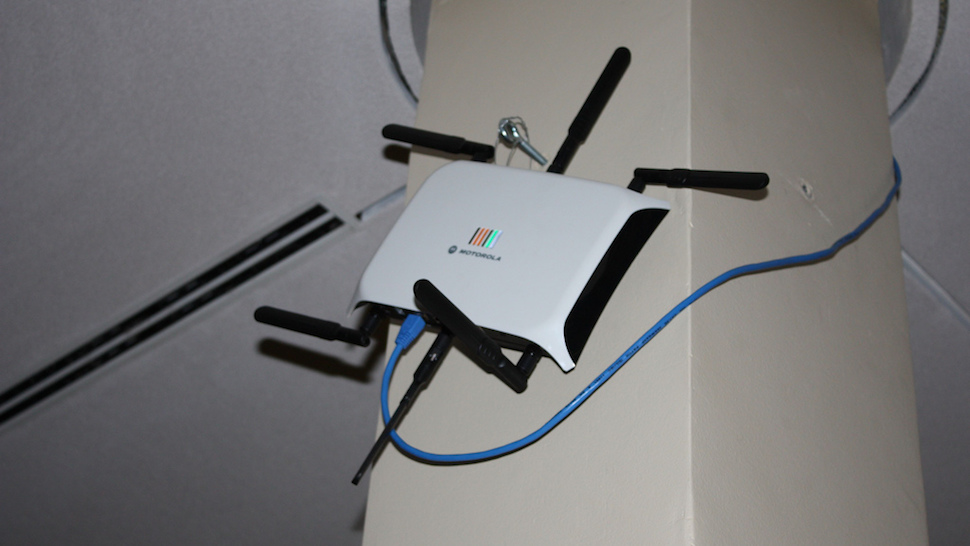
Finally, if you’re still stuck, or you don’t know whether a particular firmware will do what you want it to do, do some digging. Like we mentioned, many of these projects have forums for users to discuss the project and troubleshoot one another’s issues. Beyond that, Google your router model and the firmware you’re looking at to find out if it’s compatible, or if anyone out there is complaining about it before you install it yourself. After all, once it’s installed and set up, it will be your gateway to the internet, so after you’ve done the job isn’t the time to start doing research.
If you can’t find an open firmware that supports your router, or the one you want doesn’t work with the router you have, you do have the option to buy a router specifically for the firmware you want to run. Check the compatibility list for the firmware you want to run and pick your favourite router model from that list. That way you know you’ll get a router that will work without trouble. Alternatively, you could buy a router with your firmware pre-installed. For example, Buffalo sells routers with DD-WRT pre-installed, and some VPN providers even sell routers with open firmware installed and their VPN set up and ready to go. TorGuard and SlickVPN both do this. Just make sure you get the features that matter to you in the router as well as the firmware you want before you buy.
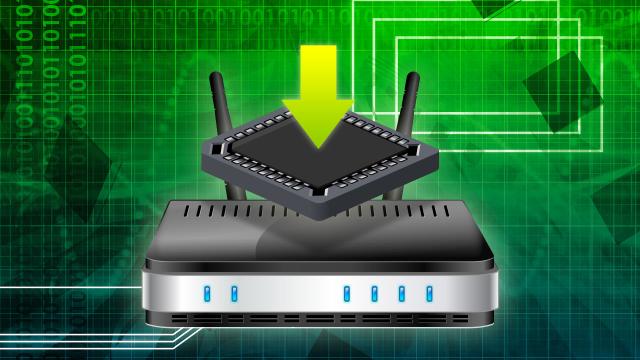
Comments
8 responses to “How To Choose The Best Firmware To Supercharge Your Wi-Fi Router”
Best option for getting a router preflashed is at FlashRouters – http://www.flashrouters.com/ . Comes with DD-WRT or Tomato installed and support for 50+ VPN providers as well as full remote tech support.
Next you need to tell people how to recover after bricking your router. Bricked mine after a failed firmware update a few weeks back. The thing wonderfully lights up and then tells me – with a single red light – that everything is stuffed.
Did a search myself but all the tricks I found either didn’t work or I put into the too-hard basket. Decided to bite the bullet and buy a new one. But would still be interested in a way to un-brick it so I can at least use it for something.
Also worth pointing out that most (all?) of these don’t actually support devices with built in ADSL modems, like most routers we have in Australia, I’d suspect.
Netgear D6300, I don’t think any aftermarket firmware is compatible :/
Luckily Netgear kept updating it to the point it’s super stable now.
Thanks, that saved me some time.
after going through a heap of routers over the years, I have ended going down the linux based router setup. I’m using a Billion 7800 bridged to a small linux server, running Sophos UTM. It is Sophos enterprise grade network router platform, free for home use up to 50 IP addresses. I am in love with it.
Just a few features off the top of my head: Built in application shaping and throttling, transparent proxying so you can block ad networks on all your devices, VPN support, HTML5 RDP and SSH portals (they are awesome), one of the easiest to use Firewall management interfaces, reverse proxy support and the list goes on.
Highly recommended. I previously used ClearOS, but Sophos (previously Astaro) is much better IMO. http://www.sophos.com/en-us/products/free-tools/sophos-utm-home-edition.aspx
Pity it’s not a stand alone app. Bundle it all into my nas
pfsense is also great, free and still probably king
“” If you’re wondering what router firmware someone who lives and dies by open-source like Richard Stallman or Linus Torvalds would pick… “”
This is most likely wrong, and definitely misleading. Stallman may choose a purely FLOSS firmware, but Torvalds has a well documented history of _not_ being ideologically pure when it comes to making choices like this.
And Stallman would not call it “open source”, lol